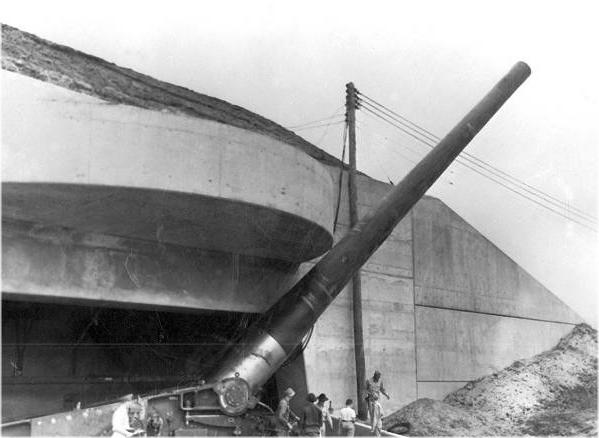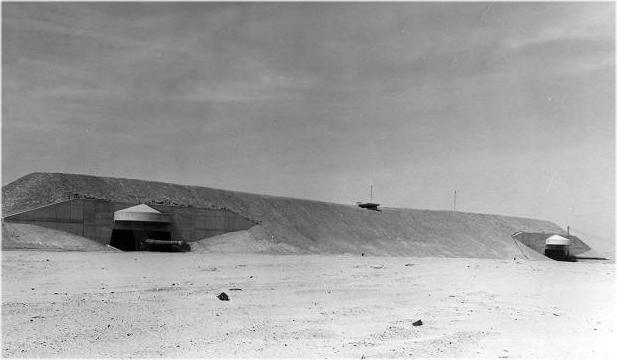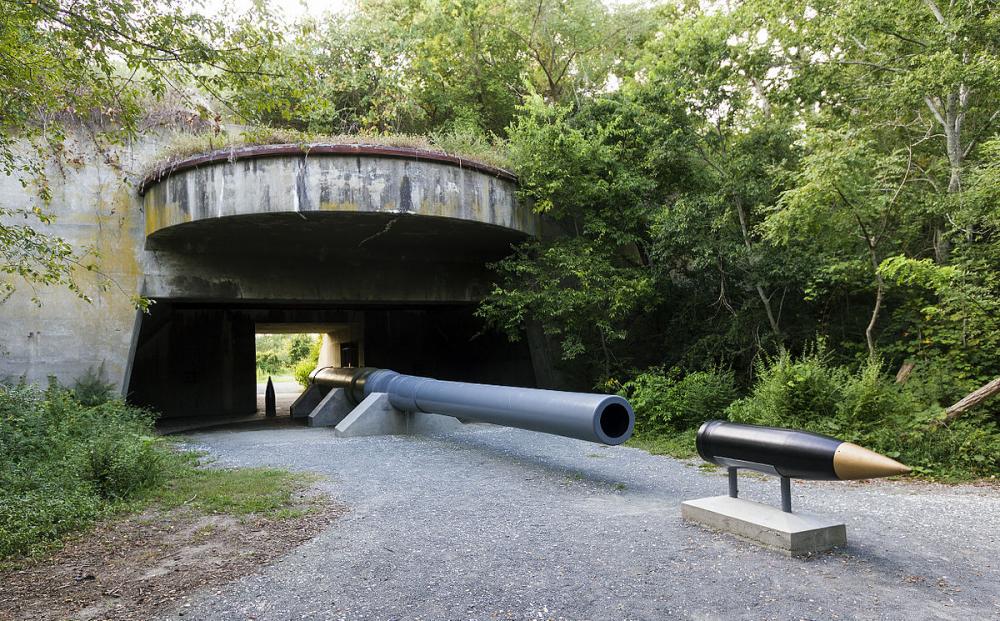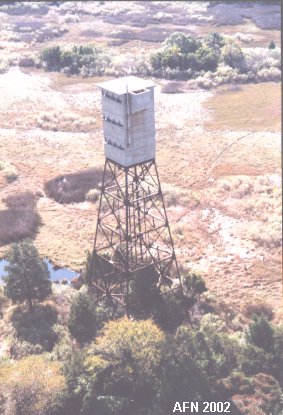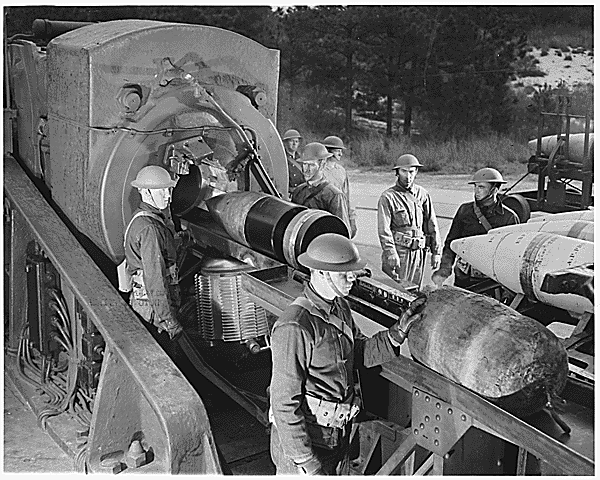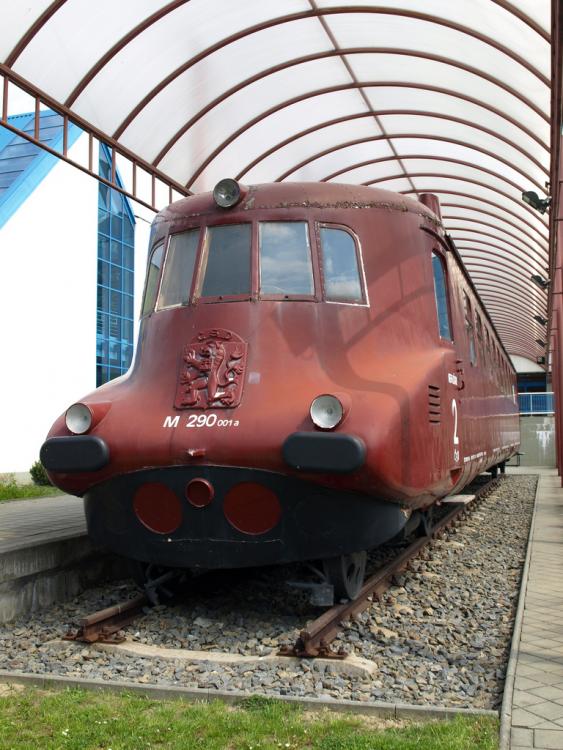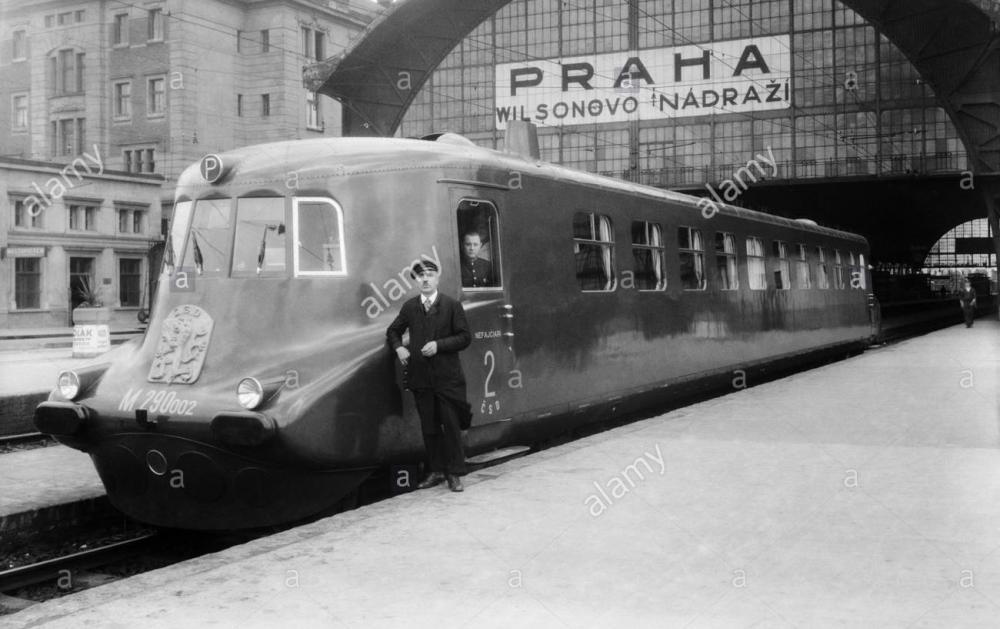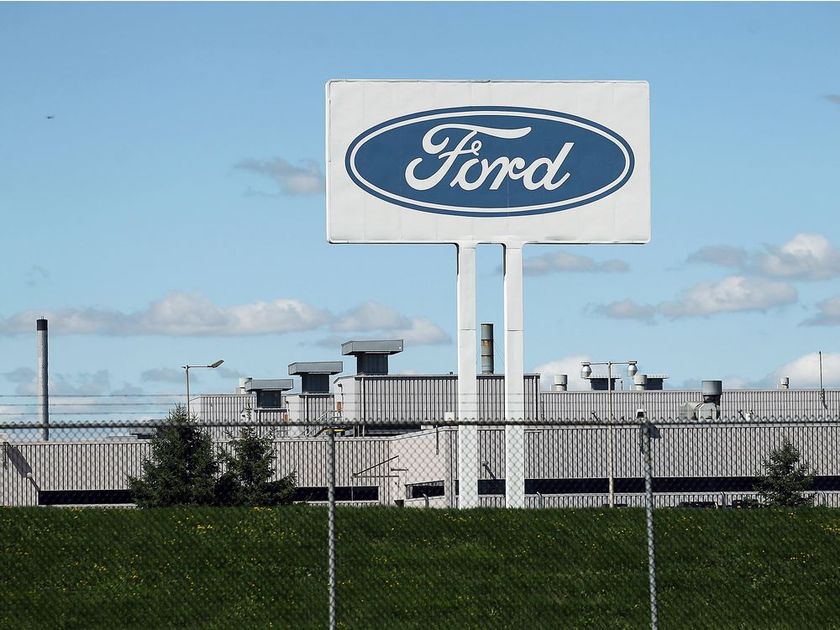
kscarbel2
Moderator-
Posts
18,866 -
Joined
-
Days Won
114
Content Type
Profiles
Forums
Gallery
Events
Blogs
BMT Wiki
Collections
Store
Everything posted by kscarbel2
-
rw vent window felt
kscarbel2 replied to ou812jk's topic in Exterior, Cab, Accessories and Detailing
Call Watts, have them look at the 84QS51R RH assy breakdown, and order the 2795 vendor code post felt. -
Peterbilt Sales Soar, Truck Maker Eyes Growth
kscarbel2 replied to kscarbel2's topic in Trucking News
Ingersoll-Rand air starters were a Mack factory option in the states for decades. I actually miss their popularity. https://www.ingersollrandproducts.com/en-ap/power-tools/products/air-starters/air-starters.html -
We've come a long ways............. .
-
U.S. Army M1888 8-inch railway coast defense guns being test fired at Fort Story in Virginia Beach, Virginia. Date: July 8, 1935 https://en.wikipedia.org/wiki/8-inch_M1888 .
-
Thank you very, very much for sharing this news. I was always amazed by the 16-inch battleship guns installed at nearby Fort Story, and other coastal Army installations along the east coast. Most Americans, then and now, have no idea. http://hamptonroadsnavalmuseum.blogspot.com/2016/06/happy-birthday-america-fort-story.html With another two 16-inch guns installed on the southern tip of the Eastern Shore at Fort Custis, they had the mouth of the Chesapeake Bay completely covered. My understanding is they could fire 2,000 pound shells some 20 miles with impressive accuracy. http://www.northamericanforts.com/East/Virginia/Fort_Custis/history.htm .
-
Peterbilt Sales Soar, Truck Maker Eyes Growth
kscarbel2 replied to kscarbel2's topic in Trucking News
Speaking of Class 8, in my US travels, I see more Freightliners, which is logical due to their high market share. I see new Cascadia tractors from one side of the road to the other. Navistar is clearly making a solid comeback. Peterbilt market share has grown considerably over the last 3 years. In refuse, Peterbilt has massively penetrated the refuse industry, entirely at the expense of the Mack brand MR and LR (rehashed LE). Years ago, you rarely saw Model 320s in the east. Now (new Model 520) they are everywhere, with both cities and major refuse fleets. Kenworth over the last 3-4 years made a major penetration into vocational, again at the expense of the Mack brand, and is holding on firmly to its new larger footprint. -
Peterbilt Sales Soar, Truck Maker Eyes Growth
kscarbel2 replied to kscarbel2's topic in Trucking News
There are many good reasons for 24-volt systems, which is why it's the global standard. Do you recall that all Mack E9 V8-powered trucks were equipped with 24-volt starting systems? It was chosen for a very good reason by Mack Trucks Chief Engineer Walter May and his team......24-volt has the "kick" to turn that large engine over, particularly during the winter months. Twenty-four volt systems allow for smaller size cable that a 12-volt system would require, reducing component weight and cost. https://www.bigmacktrucks.com/topic/34764-two-24-volt-european-volvos-are-taking-the-canadian-stress-test/ On another note, you will see 48-volt systems soon in light vehicles, to better meet the immense power requirements of today's vehicles, and also because you need 48 volts for electric turbochargers to function well. -
Florida High School Shooting - 17 confirmed dead
kscarbel2 replied to kscarbel2's topic in Odds and Ends
-
Peterbilt Sales Soar, Truck Maker Eyes Growth
kscarbel2 replied to kscarbel2's topic in Trucking News
Whenever I hear this, I feel compelled to add clarity to the big picture. The MaxxForce 13, N13 and A26 are based on the proven, utterly reliable MAN D26. Around the globe, nobody has even one negative thing to say about the D26. The MEGR* (Massive Exhaust Gas Recirculation) MaxxForce engines were the idea of your government's EPA. The EPA believed it should become involved in emissions control technology, and decided that MEGR was the best direction for the United States to reach EPA2010 standards. They asked Navistar head Dan Ustian to support the program in return for free money, and he agreed. * EGR levels from 35% to 50%. -
Peterbilt Sales Soar, Truck Maker Eyes Growth
kscarbel2 replied to kscarbel2's topic in Trucking News
The DAF-designed MX engine, in the global market, is a popular and trouble-free motor. Nobody has anything negative to say about DAF. -
Florida High School Shooting - 17 confirmed dead
kscarbel2 replied to kscarbel2's topic in Odds and Ends
"The school system failed. The mental health system failed. DCF [the Department of Children and Families], our social service agencies failed. Law enforcement failed because every red flag was present. And the FBI apparently failed. And the security measures for somebody to buy guns failed. Every single system was ignorant or willfully blind," Finkelstein said. Point the finger everywhere..........except where it belongs. Cruz failed himself, his passed away parents, his community and his country. Cruz is responsible for his actions. -
Claiming sales of the former American icon Mack Trucks as their own speaks volumes.
-
Florida High School Shooting - 17 confirmed dead
kscarbel2 replied to kscarbel2's topic in Odds and Ends
Donald J. Trump ✔ @realDonaldTrump So many signs that the Florida shooter was mentally disturbed, even expelled from school for bad and erratic behavior. Neighbors and classmates knew he was a big problem. ----------------------------------------------------------------------------------------------------------- Last year, the government instructed the media to stop using the terms "illegal alien" and "illegal immigrant", and instead use the low-key, misleading and altogether wrong term "undocumented immigrant". Now, President Trump is calling killers "mentally disturbed" individuals, rather than murderous criminals. Any murderer, from Florida to Detroit to Chicago, is mentally disturbed. Nobody with normal mental faculties would kill another human being. Every criminal is mentally disturbed........normal folks aren't criminals. Are we now going to put our hands around them and say: "He's sad, mournful and remorseful. He's just a broken human being. And have public defenders all make emotional public pleas for understanding? -
Peterbilt Motors Press Release / February 15, 2018 Peterbilt announces the new Model 579 UltraLoft Cab-Sleeper featuring increased interior space and improved fuel economy with Peterbilt styling. Visit us at www.peterbilt.com. .
-
-
I wore Red Wings for years because I'd heard of the reputation. And then..........I learned you could have the terrific comfort combined with ruggedness. That day is when I discovered Lowa. Apparently, the folks in Slovakia really know how to make a great boot. Take a look at the Renegade III GTX Lo..........https://www.lowaboots.com/mens/hiking/renegade-iii-gtx®-lo?color=Espresso/Brown Their mil-spec boots (Zephyr) are unparalleled............https://www.lowaboots.com/mens/hiking I stopped buying Red Wing socks as well, and switched to Hanes "Premium" men's crew socks, sold exclusively at Target. There is no more comfortable, cushioned and long-lasting sock on the market. https://www.target.com/p/hanes-174-premium-men-s-10pk-2-free-pair-crew-socks-6-12/-/A-52605507#lnk=sametab Comfort is important.......you only live once.
-
TATRA TRUCKS to restore legendary ‘Slovak Bullet’ locomotive
kscarbel2 replied to kscarbel2's topic in Trucking News
I'm thrilled this historic piece of rolling stock will be restored for future generations. However, having said that, I don't understand why the European Union (EU) is paying for 85 percent of the work. This is a Czech domestic project. -
Fiat Chrysler to recall 228,508 trucks to fix shifter issue Reuters / February 16, 2018 Fiat Chrysler Automobiles said on Friday it would recall about 228,508 trucks in the United States, Canada, Mexico and some other markets to prevent drivers from unintentionally shifting their vehicles out of "park." The brake transmission shift interlock (BTSI) may overheat on some vehicles, FCA US LLC said, adding that it would cause the shifter to be repositioned without brake-pedal application, or the presence of a key in the ignition. The overheating occurs when a driver keeps a foot on the brake while the car is idling in park. FCA said the recall includes certain 2017-18 Ram 2500 and 3500 pickups; certain 2017-18 Ram 3500, 4500 and 5500 chassis cabs; and 2016-17 Ram 3500 chassis cabs that weigh less than 10,000 pounds. The company also said some 2017-18 Ram 1500 pickups are included in the campaign, "but heavy-duty trucks represent the majority of affected vehicles." The company said it is unaware of any injuries or accidents related to this recall, which is limited to vehicles equipped with gear shifters on their steering columns. In December, the company said it would recall about 1.8 million trucks in the United States, Canada, Mexico and some other markets to fix a part that if not operating could allow the driver to shift out of park without depressing the brake pedal.
-
Florida High School Shooting - 17 confirmed dead
kscarbel2 replied to kscarbel2's topic in Odds and Ends
I firmly believe that if killers knew that, in cases with witnesses and/or cameras that verified their guilt, they would be subject to an immediate death penalty, we could change the tide. I steadfastly believe in the rule of law, so I hope not to be misunderstood. However, in cases where guilt is inarguably, zero doubt, an “eye for an eye” policy would create huge change, and this includes the crime-ridden cities. I’ve zero pity for ruthless killers who snuff out the lives of fellow citizens. -
Florida High School Shooting - 17 confirmed dead
kscarbel2 replied to kscarbel2's topic in Odds and Ends
If people are determined to kill, they will succeed. Armed guards, for example, can’t be everywhere at once in a vast school complex. The only solution is to fix society. When we were young in school, none of us ever had thoughts of taking another life. -
TATRA TRUCKS to restore legendary ‘Slovak Bullet’ locomotive
kscarbel2 replied to kscarbel2's topic in Trucking News
The former American icon, Mack Trucks, was not the only visionary truckmaker producing rolling stock. https://www.bigmacktrucks.com/topic/39989-mack-rail-–-the-rail-cars/ https://www.bigmacktrucks.com/topic/33544-mack-rail-–-global-sales/ https://www.bigmacktrucks.com/topic/33657-mack-rail-–-the-locomotives/ -
Tatra Trucks Press Release / February 16, 2018 In mid-January 2018 TATRA TRUCKS received the news that its funding application for a project to restore the legendary Tatra-built 'Slovak Bullet' diesel locomotive has been approved. The company will use the funding (almost 80 million CZK) to completely repair and revitalize this legendary piece of technical history and to create a special exhibition space for it. TATRA TRUCKS CEO Radek Strouhal explained the importance of the project: "We are delighted that we managed to win funding to restore the locomotive, which is a hugely important part of our technical heritage. As a company we are very proud of our history and tradition, so we will be launching the restoration work as soon as possible." The total cost of the project will be around 118 million CZK. The plans for the exhibition pavilion are already complete, and the restoration project is nearing the end of the preparatory phase, as Strouhal explained: "The restoration plans are now ready to be implemented, and in the upcoming days there will be a tender for the restoration contractor." The owners of TATRA TRUCKS, Jaroslav Strnad and René Matera, are keenly aware that the company's forward-looking technical ethos rests on a long and proud tradition, so they are involved in a number of projects to rescue and restore historical TATRA vehicles. These include the restoration of the 'Slovak Bullet' – which has the status of a national cultural monument – as well as a major project to build a new TATRA museum (funding was approved in mid-2017). The new TATRA museum will be a part of the Nový Jičín local history museum, and it will be run by the Moravian-Silesian Region. The museum will be built on the site of a former foundry; the land has been donated by TATRA TRUCKS. The estimated total cost of the project will be 123 million CZK, of which 85% will be covered by EU funds. Both projects are scheduled for completion during 2020. They share the same core goal: to preserve and celebrate the unique technical and industrial heritage embodied by TATRA TRUCKS and to pass it on to future generations. .
-
Peterbilt Sales Soar, Truck Maker Eyes Growth
kscarbel2 replied to kscarbel2's topic in Trucking News
Peterbilt is indeed “on a roll”. -
Florida High School Shooting - 17 confirmed dead
kscarbel2 replied to kscarbel2's topic in Odds and Ends
After he intentionally executed 17 human beings, you see this........... 'He's sad. He's mournful. He's remorseful. He's a child. He's just a broken human being': Public defender puts her arm round mass shooter then makes an emotional public plea for understanding http://www.dailymail.co.uk/news/article-5394229/Florida-high-school-shooting-plunges-city-mourning.html -
Ford plant in Windsor being transformed to build new engine Windsor Star / February 15, 2018 A new seven-litre, V8 truck engine, expected to be called the 7X, should be in production at the Windsor Engine plant's Annex site by the end of the year, it was confirmed Thursday. The $613-million investment Ford of Canada committed to its Windsor operations during 2016 contract negotiations with Unifor is starting to come to life. A new seven-litre, V8 truck engine, expected to be called the 7X, should be in production at the Windsor Engine plant’s Annex site by the end of the year, it was confirmed Thursday. “We are going to see equipment come in as early as March,” Tony Savoni, site manager for Ford operations in Windsor, said during a United Way announcement at the Annex off Seminole Street. “Right now the teams are laying out our strategy for installation. This building will be full and we hope to be moving some parts by November,” he said. The Annex site has been emptied, floors cleaned and painting done to prepare for the new equipment that will be used to build engines. Savoni said the block and rod line should arrive in March and by July the crank line, head line and assembly line will be in place. Computer numerical control (CNC) equipment — highly automated machine tools — will be used to build the engines. It “is the way of the future,” allowing for quick retooling and upgrading for future products, Savoni said. “Within those CNCs there’s some new technology that we are going to teach our people how to use.” The investment shows faith in the Windsor workforce, he said. “We have a lot of hardworking people that come in here and they understand how to make a good, quality product and they have the pride that goes along with it.” Engines should be coming off the line by the end of the year, but those will likely be put in test vehicles, he said. The new V8 engine will replace the 6.8-litre, V10 engine used in Ford’s F-series trucks. Savoni wouldn’t say how many jobs the new engine will create. Ford agreed to invest $613 million in its Windsor operations as part of its last contract with Unifor, settled in late 2016. In March 2017, the company announced a $1.2-billion plan to transform its Windsor operations to which the federal and provincial governments are contributing $204.8 million. At the time, Prime Minister Justin Trudeau said the investment would create or maintain 800 jobs.
BigMackTrucks.com
BigMackTrucks.com is a support forum for antique, classic and modern Mack Trucks! The forum is owned and maintained by Watt's Truck Center, Inc. an independent, full service Mack dealer. The forums are not affiliated with Mack Trucks, Inc.
Our Vendors and Advertisers
Thank you for your support!



